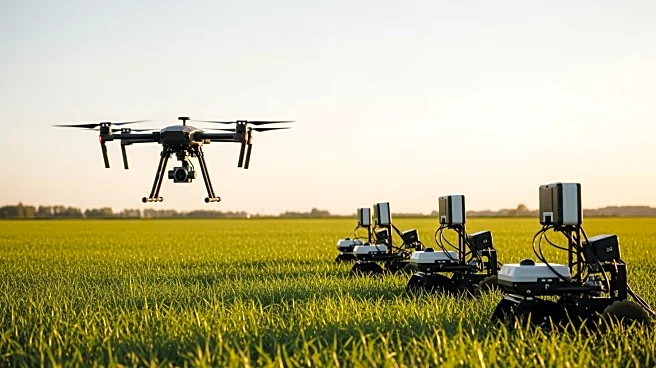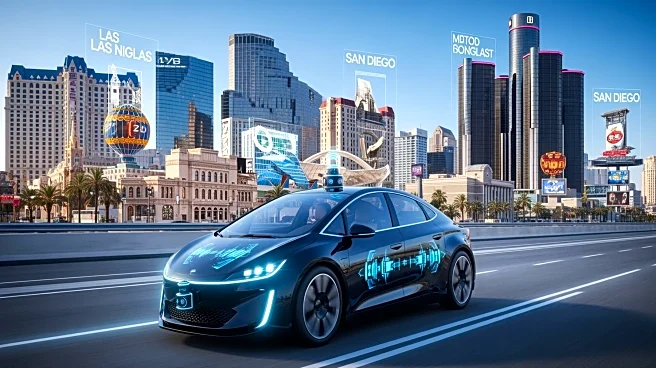What's Happening?
A comprehensive study on U.S. patenting activity reveals that spatial inequality in innovation is influenced by urban scaling and fractal clusters. The research, which analyzed patent data from 1905 to
2024, identified key innovation sectors such as electric vehicles, machine learning, and biotechnology. The study highlights that commuting distances, labor mobility, and knowledge spillovers play significant roles in shaping where innovation occurs. The findings suggest that patenting activity is not confined to urban centers but extends to regional scales, influenced by historical commuting patterns and economic networks.
Why It's Important?
Understanding the spatial distribution of patenting activity is crucial for policymakers and economic planners aiming to foster innovation. The study's insights into how urban scaling and commuting patterns affect innovation can inform strategies to enhance regional economic development and address spatial inequalities. By recognizing the factors that contribute to innovation clustering, stakeholders can better allocate resources and support infrastructure that promotes equitable growth across different regions.
Beyond the Headlines
The study's findings on spatial inequality in patenting activity raise questions about the accessibility of innovation opportunities across different geographic areas. The concentration of patents in certain regions may reflect broader socio-economic disparities, highlighting the need for policies that encourage inclusive innovation. Additionally, the role of commuting patterns in shaping innovation landscapes suggests that improvements in transportation infrastructure could have a significant impact on regional innovation capabilities.












